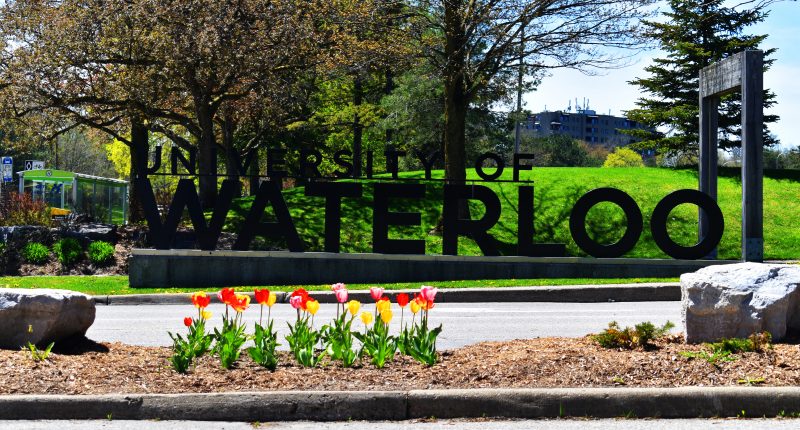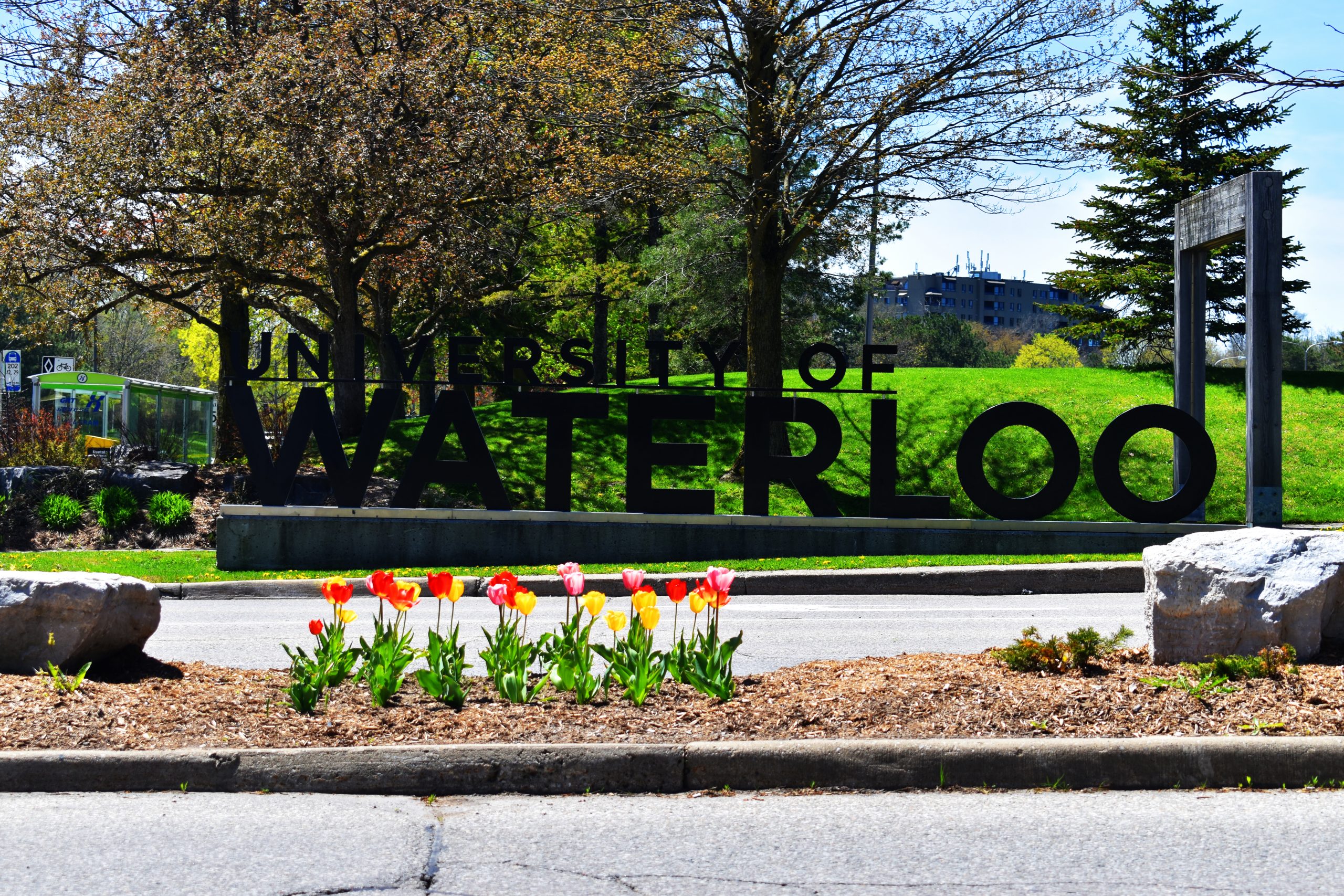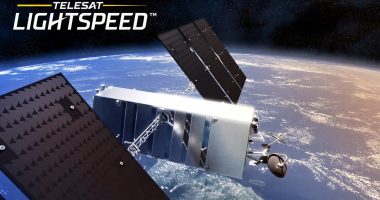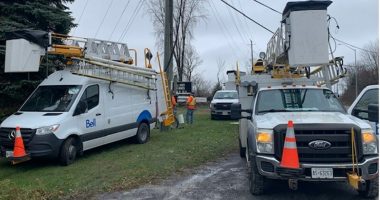- The University of Waterloo launches Canada’s first driverless, autonomous 5G shuttle over Rogers Communications (RCI.A) 5G network
- The demonstration of the shuttle, dubbed “WATonoBus” by the research team, is the first of its kind at a Canadian academic institution
- This signifies another technological advancement, as the shuttle becomes the first in the country to operate remotely over Rogers 5G network
- The shuttle’s 5-stop, 2.7-kilometre journey around the Waterloo main campus holds the potential to help reshape how entire communities move around their urban spaces
- The driverless shuttle with remote takeover capability will showcase a full-system approach, developed entirely at the University of Waterloo, led by Professor Amir Khajepour
- Rogers Communications (RCI.A) is down 0.26 per cent, trading at C$64.47 at 1:22 pm ET
The University of Waterloo is showcasing the operation of a driverless shuttle research program that will transport students and staff around campus.
The demonstration of the shuttle, dubbed “WATonoBus” by the research team, is the first of its kind at a Canadian academic institution and marks a significant milestone in a multi-year initiative to demonstrate and integrate autonomous transportation onto the campus.
This milestone features another significant technological advancement, as the shuttle becomes the first in the country to operate remotely over Rogers 5G network, thanks to a Rogers partnership agreement with the University to advance 5G research in the Toronto-Waterloo tech corridor.
The shuttle’s 5-stop, 2.7-kilometre journey around the Waterloo main campus, intersecting with the campus light rail transit stop, holds the potential to help reshape how entire communities move around their urban spaces.
“We are thrilled not only about WATonoBus, but what it represents,” said Feridun Hamdullahpur, president and vice-chancellor of the University of Waterloo.
“By marrying transformational research, infrastructure and a network of industry and government partnerships, we are demonstrating that educational institutions will help shape the future – in this case, the convergence of public transportation and smart urban mobility.”
The driverless shuttle with remote takeover capability will showcase a full-system approach, developed entirely at the University of Waterloo, led by Professor Amir Khajepour and a team of over 20 researchers in the Mechatronic Vehicle Systems Laboratory.
Funding support has been provided by federal and provincial partners, as well as contributions from Applanix, RoboSense AI, and Rogers to make WATonoBus a reality.
The technology includes an integrated onboard sensor system providing vehicle intelligence and control; a suite of front, rear and side cameras providing a 360-degree view; light detection and ranging (LIDAR) active remote sensing systems used for detecting objects; and a WATonoBus smartphone app to help passengers navigate the campus using the shuttle.
“Today’s demonstration represents over four years of work with support and collaboration with government and industry partners,” Khajepour said.
“This is an exciting step forward in autonomous, driverless public transportation,” added Khajepour.
And, for the first time in Canada, an autonomous shuttle will be operated entirely on a remote basis using a 5G network.
The modem onboard will communicate through the Rogers 5G network with a research lab-based control centre. In the control centre, a remote operator will monitor the WATonoBus operations, and take over control when needed to ensure safe movement.
“As real-world 5G use cases such as the WATonoBus begin to take shape, we are starting to see the potential of 5G come to life,” said Jorge Fernandes, Chief Technology Officer at Rogers Communications.
The demonstration is the latest step of a multi-year initiative that is creating a testbed to evaluate automated driving on campus.
Rogers Communications (RCI.A) is down 0.26 per cent, trading at C$64.47 at 1:22 pm ET.





